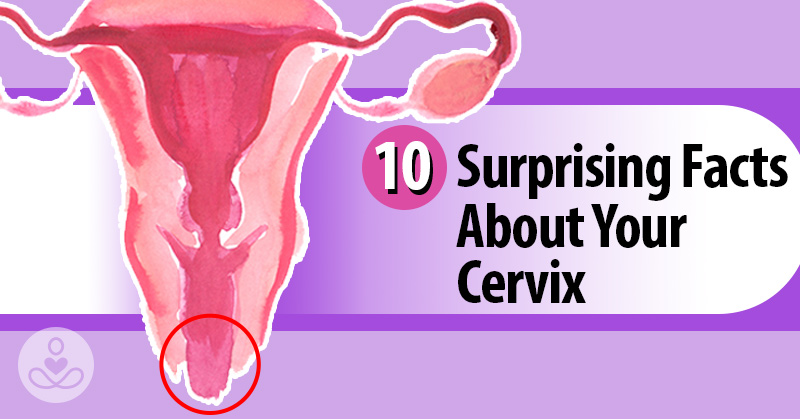I don’t know about you, but for a long time, I was unaware of what my cervix was or where it was located. This changed when I learned about the risks of using tampons and switched to using a menstrual cup. The menstrual cup made me more aware of my cervix, and when I started using the Fertility Awareness Method (FAM) for birth control, I became even more acquainted with it on a daily basis. The cervix is often overlooked by many women, but it serves as the entrance to the womb, located a few inches inside the vagina, and has a firm texture, similar to the tip of your nose [1]. Now, let’s delve into these 10 little-known facts about your cervix!
1. The cervix acts as a corridor between your vagina and uterus. It produces cervical fluid, also known as cervical mucus, which changes throughout your cycle. This fluid is thick and sticky after ovulation, making it infertile, but becomes thin and slippery before and during ovulation to enhance the chances of getting pregnant.
2. The cervix resembles a pink button that winks at you. It is typically one inch in diameter and has a pink, smooth, and firm appearance depending on your menstrual cycle.
3. The cervix protects your uterus and serves as a gateway for a baby. It determines what can enter the womb, allowing sperm access during fertile days and providing a barrier against bacteria when not in the fertile phase.
4. Stimulation of the cervix may enhance your sexual pleasure, leading to what is known as a “c-spot” climax for some women.
5. Your cervix can get bruised during sex, especially with repetitive thrusting. This can result in discomfort and pain.
6. The cervix can serve as an indicator of sexually transmitted infections (STIs) and cervical cancer, making regular pelvic exams and Pap smears essential for early detection and treatment.
7. Cervicitis, an inflammation of the cervix, can result from an STI, bacterial overgrowth, or allergic reactions to certain contraceptives. Practicing safe sex and proper hygiene can help prevent this condition.
8. Cervical fluid changes throughout your menstrual cycle, providing valuable information about your fertility. It can indicate when you are fertile and when you should avoid intercourse to prevent pregnancy.
9. Cervical cancer is a significant health concern for women, underscoring the importance of regular screenings and lifestyle factors that can impact your risk.
10. The position and firmness of your cervix can vary during your menstrual cycle, affecting its accessibility and ease of using menstrual products like cups. It is crucial to be familiar with your cervix to maintain your reproductive health.
In conclusion, understanding and appreciating the role of your cervix in your health and fertility is crucial. While you may not need to physically examine your cervix, being aware of its functions and potential issues can help you take better care of your body. The cervix plays a vital role in the female body, and it deserves our attention and respect.






